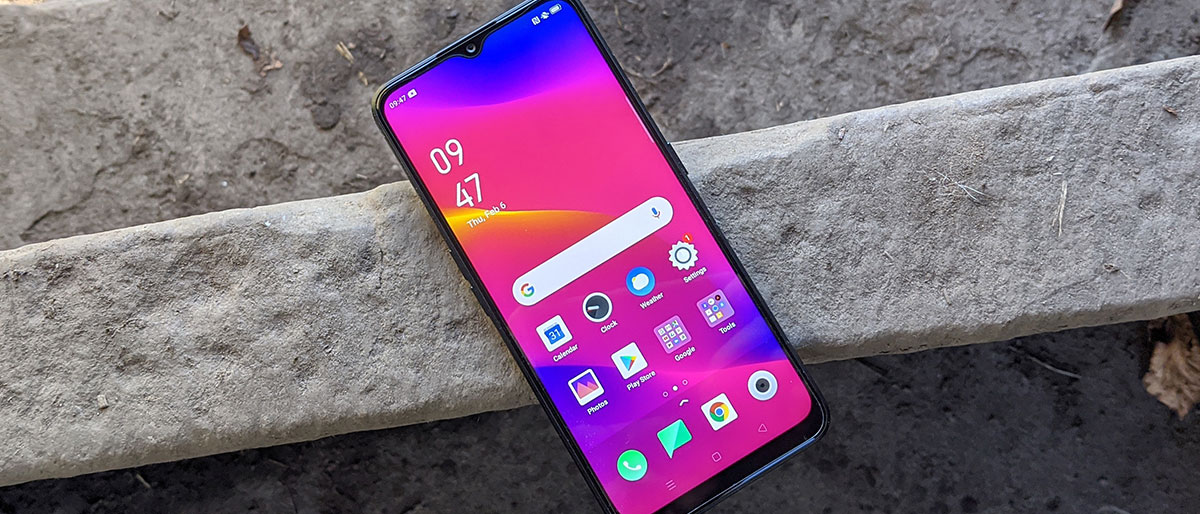Why you can trust TechRadar
Software
- Android 9 plus ColorOS 6
- Quirky interface touches
- Some bloatware
ColorOS is the Android variant you'll find on Oppo and Realme phones, and while it's not quite the worst we've come across, it's a long way from being the best. To our eyes the design looks a little haphazard and amateur (your mileage may vary), and you get a handful of extra apps that you might not ever get around to using.
ColorOS has its own email app in the form of Aquamail, for example, and its own weather app, and a utility called Phone Manager that seems to be pretty pointless.
There's Oppo's own Smart Assistant screen too, which covers everything from providing quick access to key contacts to counting your steps – again, it feels pretty redundant.
To be fair to Oppo, all the key Google apps and services are installed on the phone out of the box as well, so you can dive straight in with apps like Gmail and Google Drive.
So it's not as if you're going to have to spend time finding and installing these apps. Facebook also comes pre-installed on the phone, which you may or may not appreciate.
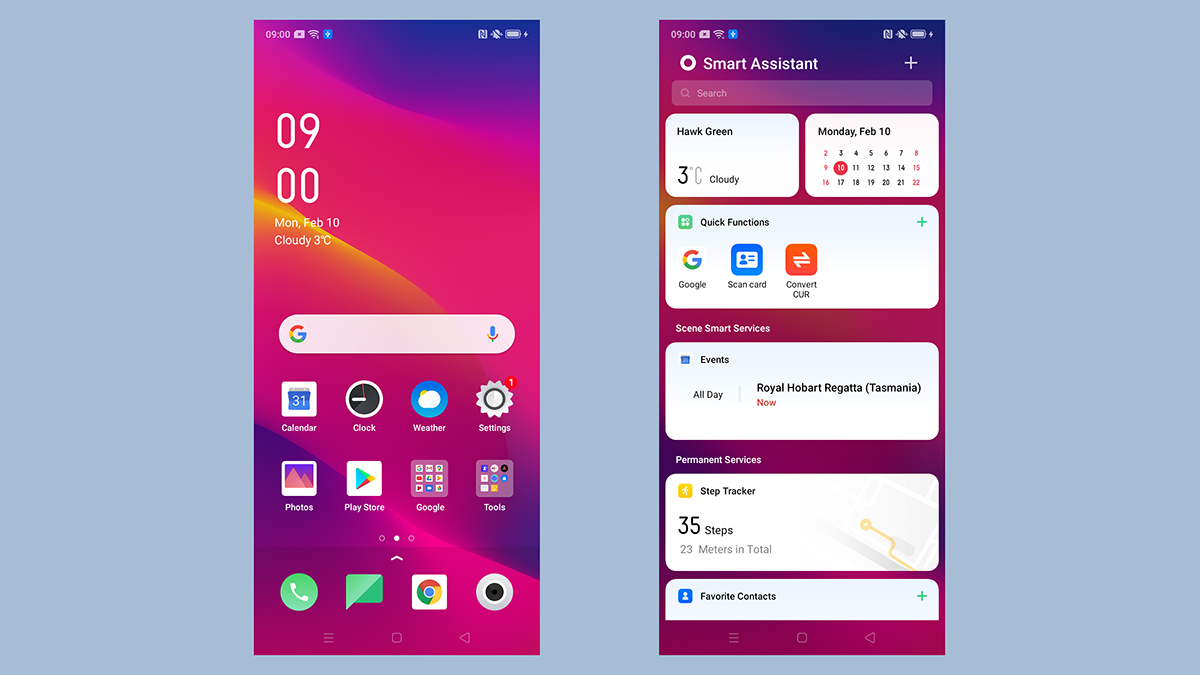
We'd rather not have to sign up for yet another account (your 'Oppo ID'), but you can use the phone without tapping into any Oppo services if you want. It's also worth pointing out that the Settings screen is packed, though the usefulness of all these options varies.
Like some other Android variants, ColorOS lets you 'clone' certain apps (including Facebook) so you can run two separate accounts in them – this is something that we actually find very handy, and we'd like to see it added to Android proper.
As we've said, ColorOS isn't the worst version of Android we've ever come across, but it is one of the points in the negative column when it comes to the Oppo A5 2020 overall. We'd much rather be using stock Android on a Pixel, or even Samsung's One UI software or OxygenOS from OnePlus.
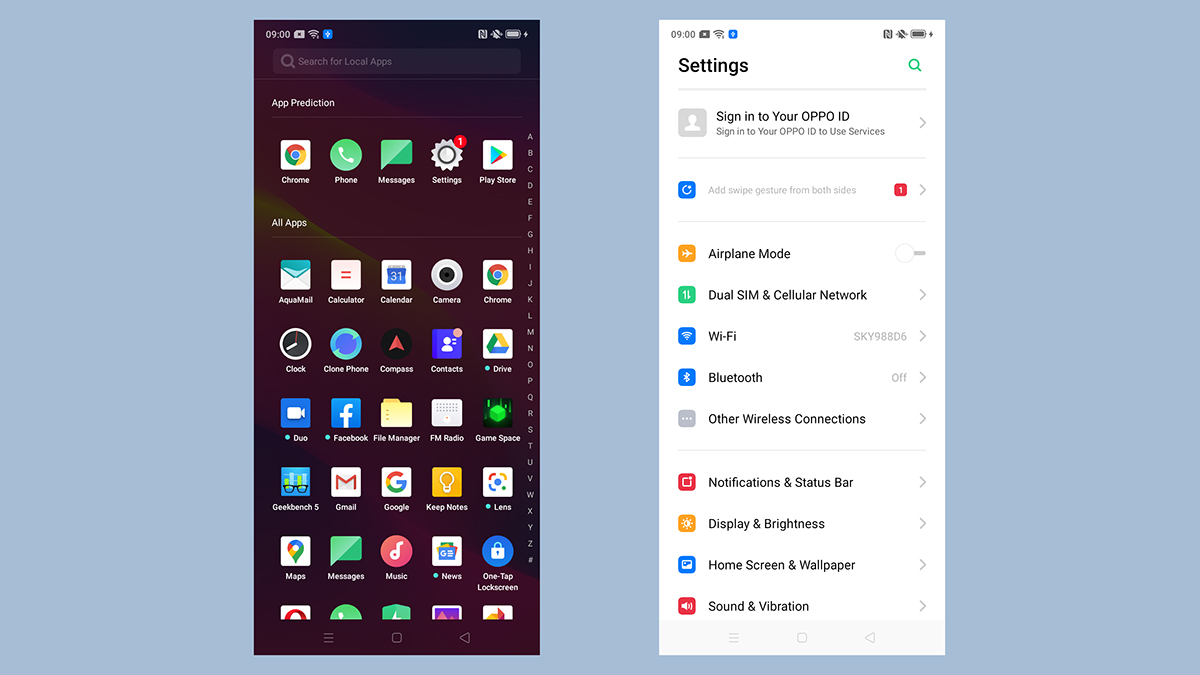
Movies, music and gaming
- Video playback is fine
- Stereo speakers do okay
- Not really a gaming device
You should have no problems using the Oppo A5 2020 as a video-watching device – that 6.5-inch screen does an impressive job of showing content from YouTube, or Netflix, or whatever your streaming service of choice is.
The inclusion of a 3.5mm audio jack (something of a rarity these days) also means you can plug in your old wired headphones without having to buy a new pair or rely on a USB-C dongle. If you don't do that, the stereo speakers are capable of doing an okay job.
Not that you're going to get crystal clear audio every time from the Oppo A5 2020, but considering the level that this phone is priced at, we'd say the speaker performance is respectable, even at louder volumes.
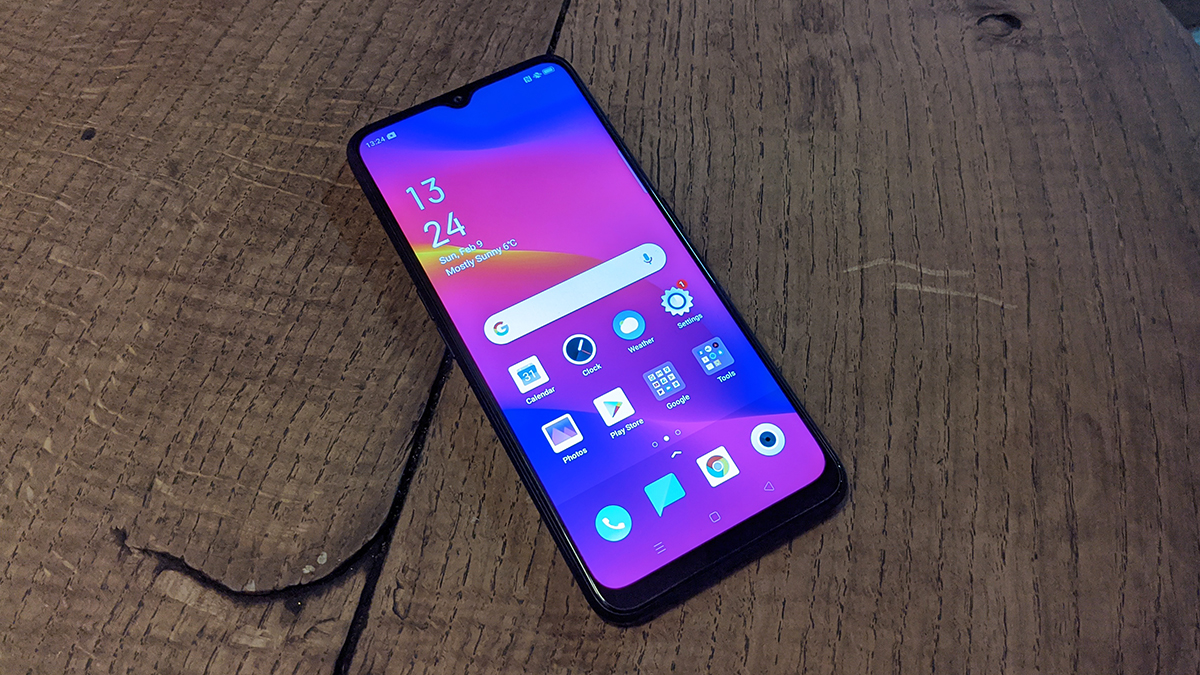
You shouldn't be disappointed with the audio performance for videos and podcasts, and the A5 2020 will even get the job done for your music, at a push – not to the level of even the most basic dedicated speaker, but it's not a terrible experience if you want to crank out a tune or two while you're busy doing something else.
A gaming device this is not, though it will run just about everything to some degree. Most games will run fine in fact, albeit with longer loading times and more lag between screens, but on the top-end titles you'll have to dial down the quality settings to get decent results.
Mid-range chipsets are getting better though, and we found the Oppo A5 2020 did well with a variety of puzzle, driving, and shooting games. Of course, that lower resolution screen helps to ease the demands on the processor here.
Performance and benchmarks
- Snapdragon 665 chipset
- 3GB of RAM
- Respectable performance
The Oppo A5 2020 uses the Qualcomm Snapdragon 665 chipset, which is a perfectly respectable mid-range CPU – mid-range processors continue to get more powerful and more efficient just like their top-end counterparts.
Add in 3GB of RAM, which is just about the minimum you can get by with these days, and the phone is going to manage most tasks with aplomb. We noticed the occasional extra millisecond or two when moving through menus and apps, but it's nothing that's going to ruin your enjoyment of operating the handset.
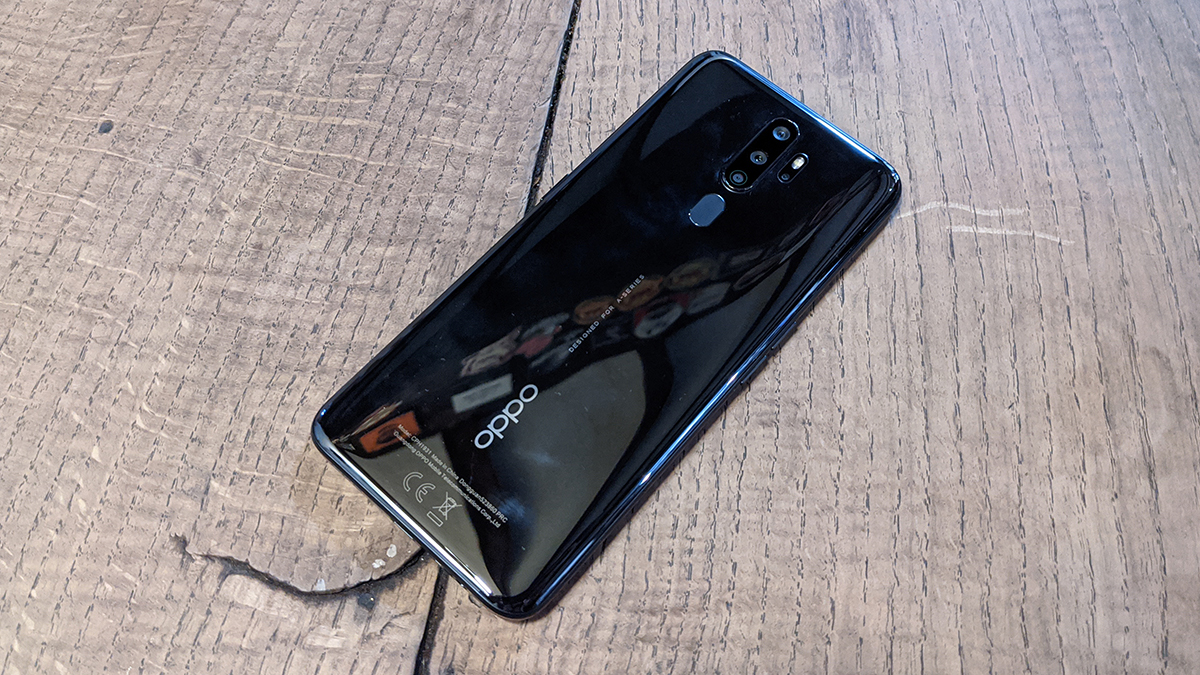
Geekbench 5 scores of 312 (single-core), 1,301 (multi-core), and 374 (compute) are about what you would expect from a phone at this level.
That's roughly half the values you'd see from a top-end flagship, but benchmarks don't really reflect real-world performance, and you won't be waiting twice as long for apps to load compared with the OnePlus 7T Pro or some other comparable premium phone.
It's here where the cost cutting is really done by Oppo but the truth is it doesn't matter too much. Unless you need the fastest possible performance, you should do just fine with this.
Finally, storage clocks in at 64GB, with a microSD card slot available. There is a model with 4GB of RAM and 128GB of storage, but this isn't widely available in the west at the time of writing.

Dave is a freelance tech journalist who has been writing about gadgets, apps and the web for more than two decades. Based out of Stockport, England, on TechRadar you'll find him covering news, features and reviews, particularly for phones, tablets and wearables. Working to ensure our breaking news coverage is the best in the business over weekends, David also has bylines at Gizmodo, T3, PopSci and a few other places besides, as well as being many years editing the likes of PC Explorer and The Hardware Handbook.
